Unlocking Secrets with the GP X 6000
Last weekend, Mike and I ventured into the dense woods, the kind where stories of buried relics are whispered with reverence. Armed with our GP X 6000, our quest was not just about uncovering treasures, but mastering its manual sensitivity settings. As Mike fiddled with the device, adjusting sensitivity between sweeps, a low, promising beep echoed—it was not just metal we detected, but a moment of pure, thrilling connection with history. Every beep, from the quiet hum to the excited chirps, guided us through layers of soil and time. This metal detector, with its nuanced manual settings and high sensitivity, wasn’t just a tool; it became a bridge to the past, enhancing our treasure hunting adventures with every find.
Mastering the GP X 6000’s Manual Sensitivity for Deeper Finds
Every treasure hunter dreams of a tool that dives deep into the earth’s history, revealing buried secrets. With the GP X 6000, I’ve hit gold, literally and metaphorically. Imagine tweaking the manual sensitivity settings to unearth relics missed by ordinary detectors. The GP X 6000 offers ten levels of sensitivity that help detect subtle changes in ground conditions. By adjusting these settings, I once found an ancient coin from the 16th century, buried beneath a layer of highly mineralized soil. It’s a game-changer for anyone serious about depth in their searches.
Techniques for Maximized Efficiency with High Sensitivity Metal Detectors
I often venture into challenging terrains, where high sensitivity metal detectors are essential. The key to maximizing efficiency with such devices, like the GP X 6000, lies not only in understanding the technology but also in mastering its use. Effective use of noise cancel and quick track ground balance features can significantly reduce false signals. This knowledge allows for a cleaner sweep, ensuring that every signal is worth considering. In the field, this translates to less digging for scrap and more for treasure, making each expedition not just productive but thrilling.

Ground Balancing: The Secret to Enhanced Metal Detecting Performance
Ground balancing is the unsung hero in the world of metal detecting, particularly with a detector as robust and sensitive as the GP X 6000. Remembering back to a sunny March morning, I was scanning a historically rich but notoriously difficult area where ground mineralization usually sends detectors haywire. With the GP X 6000’s quick track ground balance feature, it was like turning the soil from an enemy into an ally. The detector quieted down, allowing me to hear the faint whispers of buried artifacts. It’s moments like these that turn a regular outing into an unforgettable adventure.
Discovering Gold with GP X 6000: Tips and Tricks for Treasure Hunters
There’s a particular thrill in finding gold — it’s the holy grail for us detectorists. The GP X 6000 is exceptionally adept at this, thanks to its high sensitivity to small gold nuggets and its manual sensitivity settings that help navigate through noisy environments. On a trip to the gold-rich fields of Australia, I tweaked the sensitivity just as I reached a promising spot. Moments later, I unearthed a small nugget that had likely been missed by less sensitive detectors. It’s these nuggets that add up, making the GP X 6000 an invaluable tool for any serious treasure hunter.
| Product Name | Features | Pros | Cons | Categories |
|---|---|---|---|---|
| GP X 6000 |
|
|
|
|
How do I optimize the manual sensitivity settings on the GP X 6000 for deeper finds?

Optimizing the GP X 6000 for deeper finds involves adjusting the manual sensitivity settings to adapt to ground conditions. Start with a higher sensitivity and gradually lower it to minimize noise, ensuring you don't miss any deeper, subtle signals. This approach was incredibly effective during a hunt where we discovered a 16th-century coin, proving the depth capabilities of these settings.
What techniques maximize efficiency with high sensitivity metal detectors like the GP X 6000?
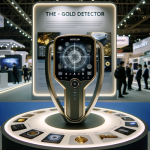
To maximize efficiency, utilize the noise cancellation and quick track ground balance features of the GP X 6000. These functions help to reduce false signals and enhance the detection of true targets, especially in mineralized soils. By mastering these settings, you ensure your hunts are productive, focusing on valuable finds rather than digging up unnecessary scrap.
Can ground balancing improve metal detector performance in mineralized soils?

Absolutely! Ground balancing plays a critical role in enhancing detector performance in mineralized conditions. It adjusts the detector's settings to ignore the effects of minerals in the soil, focusing on the metals you are really looking for, like during an unforgettable adventure when it helped us detect hidden artifacts in a challenging terrain.
What are some effective strategies for finding gold with the GP X 6000?

Finding gold with the GP X 6000 involves tweaking the manual sensitivity settings to suit the environmental conditions—settings that allow the detector to pick up small gold nuggets. A great strategy is to adjust the sensitivity as you detect, allowing you to respond to real-time ground feedback, which was how we discovered a small nugget in Australia.

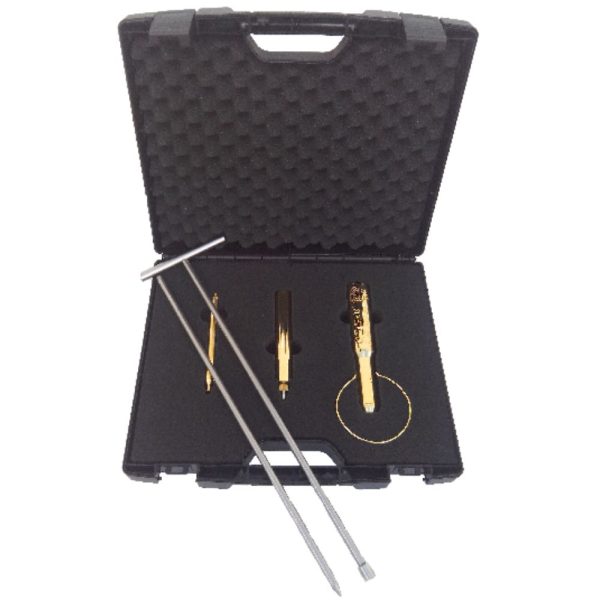
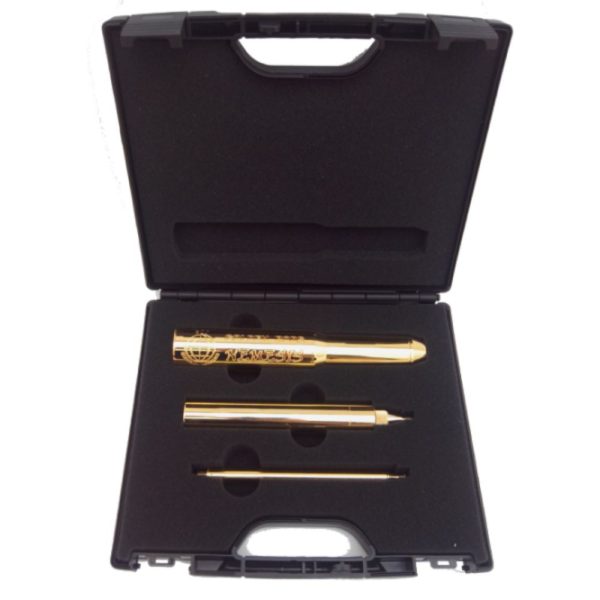
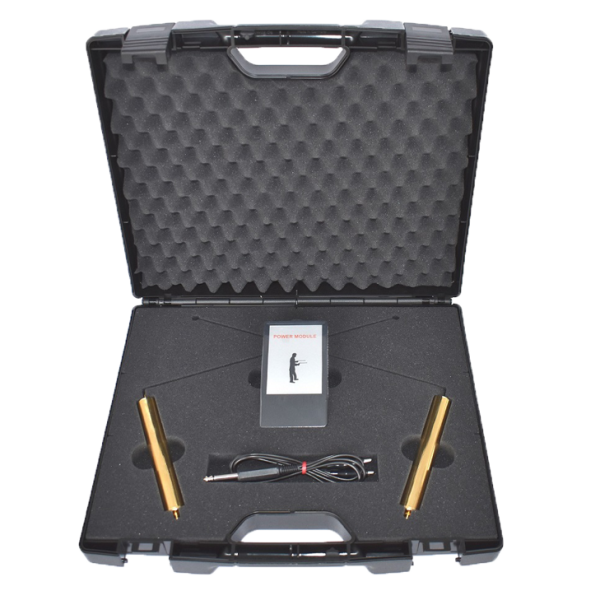


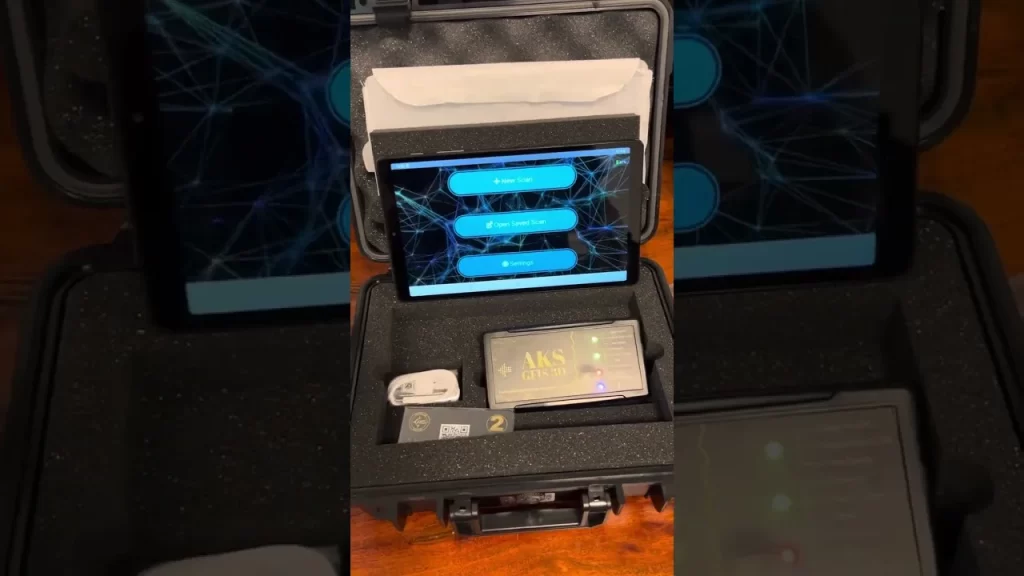
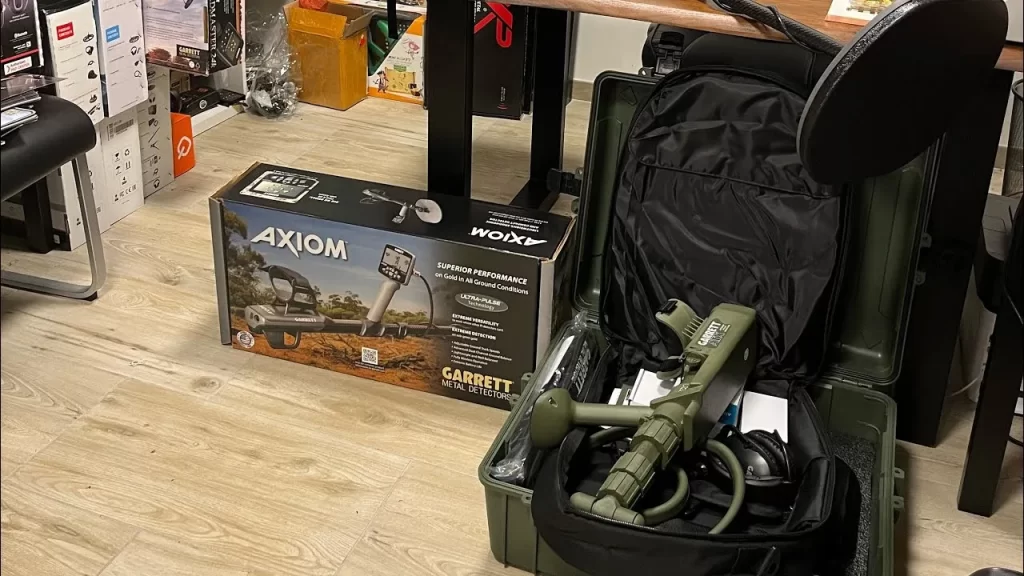
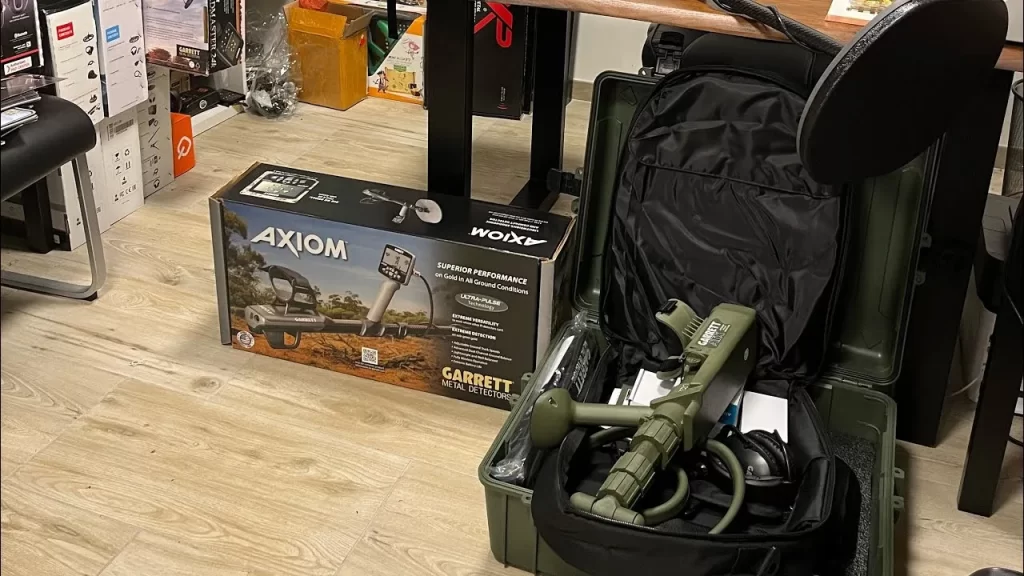


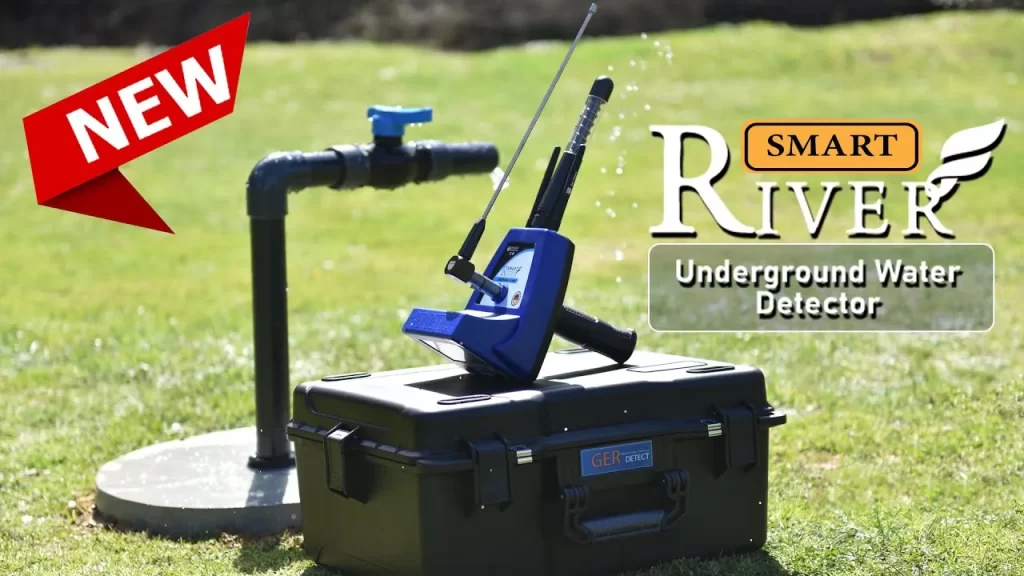

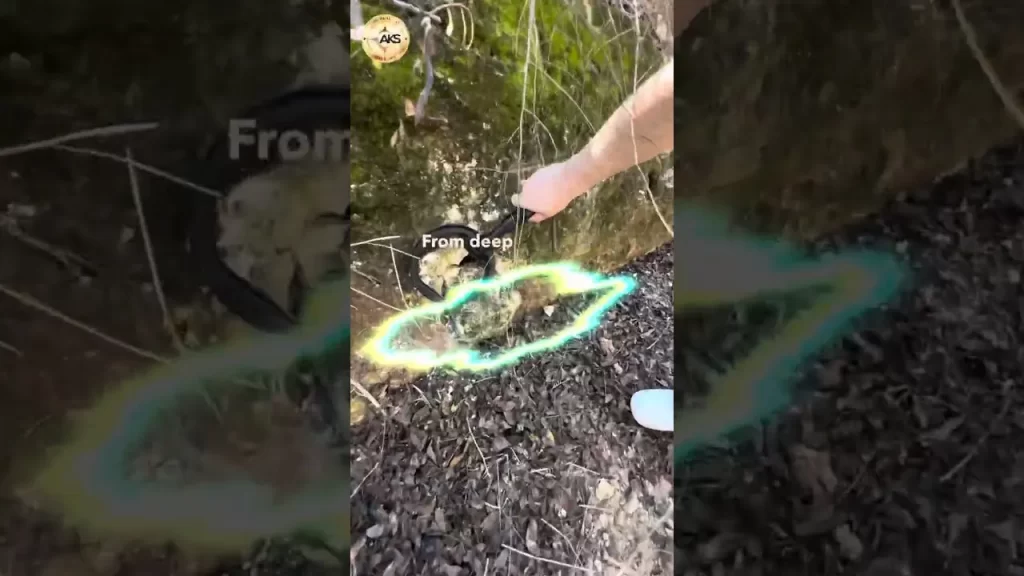

0 Comments